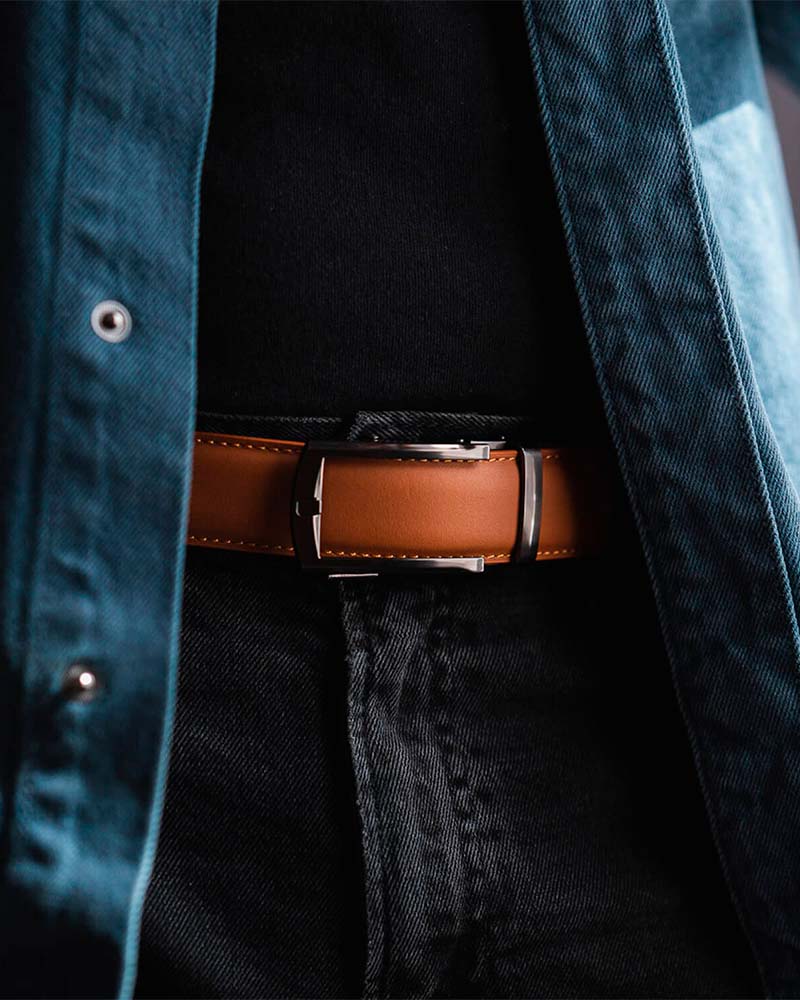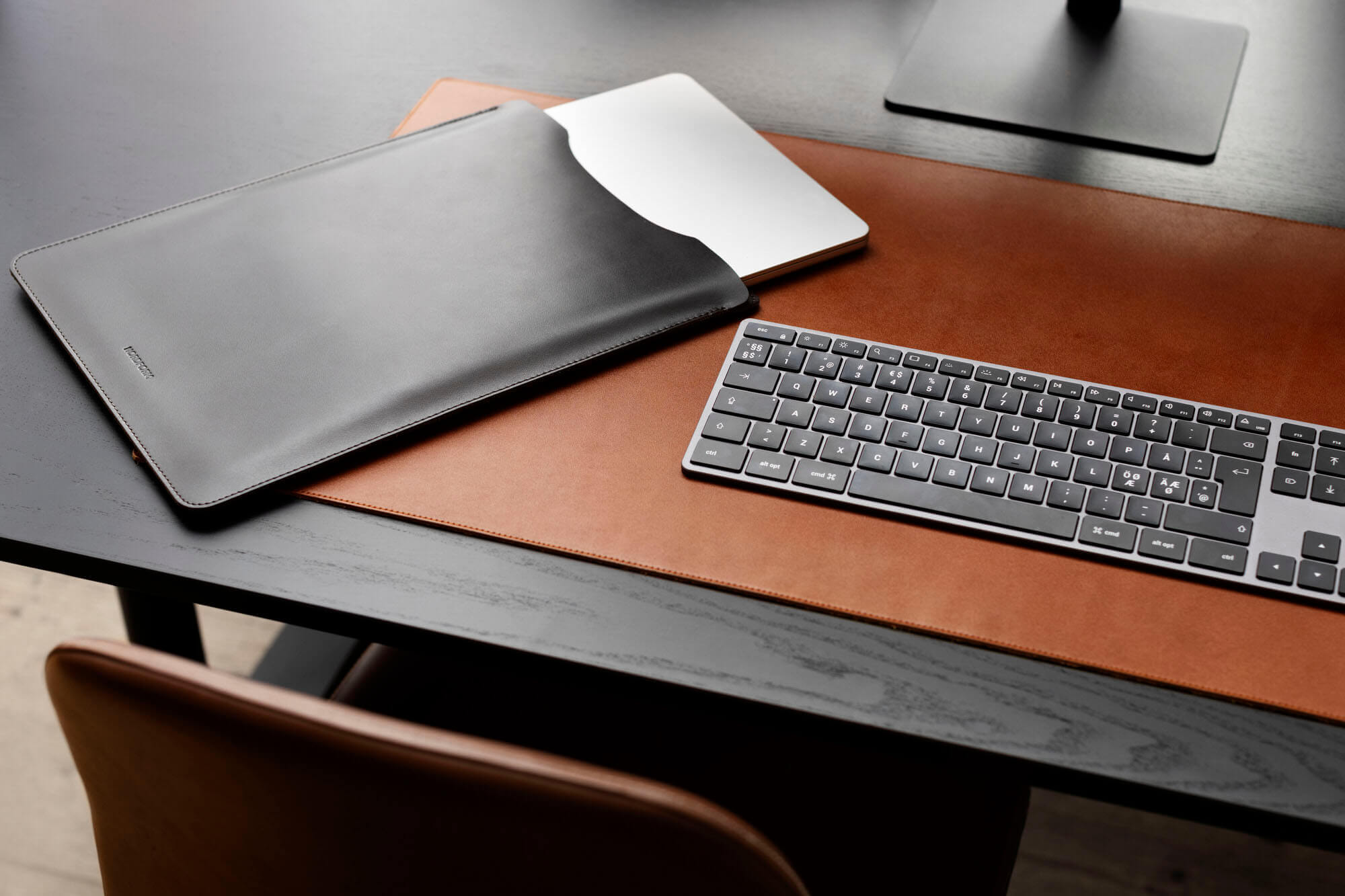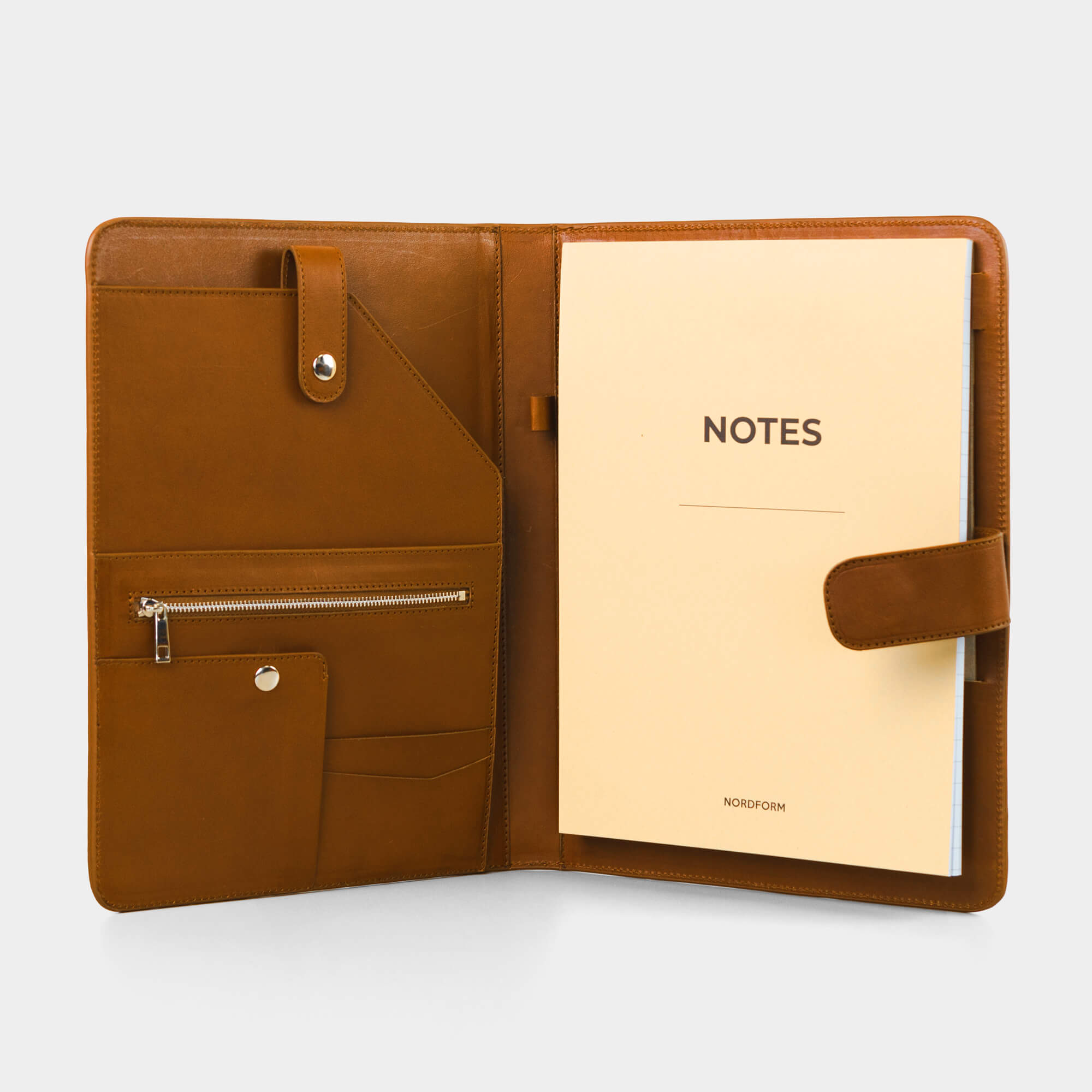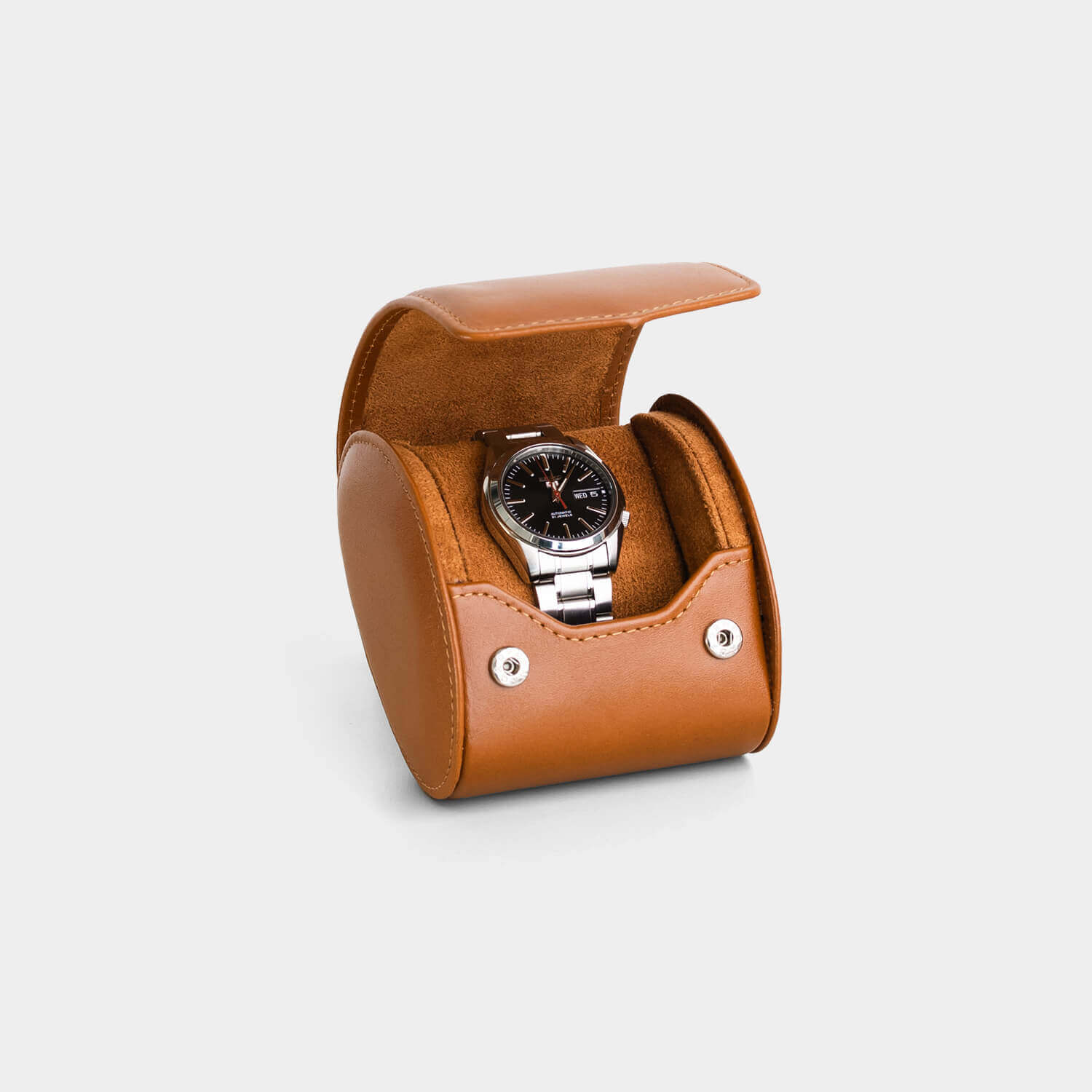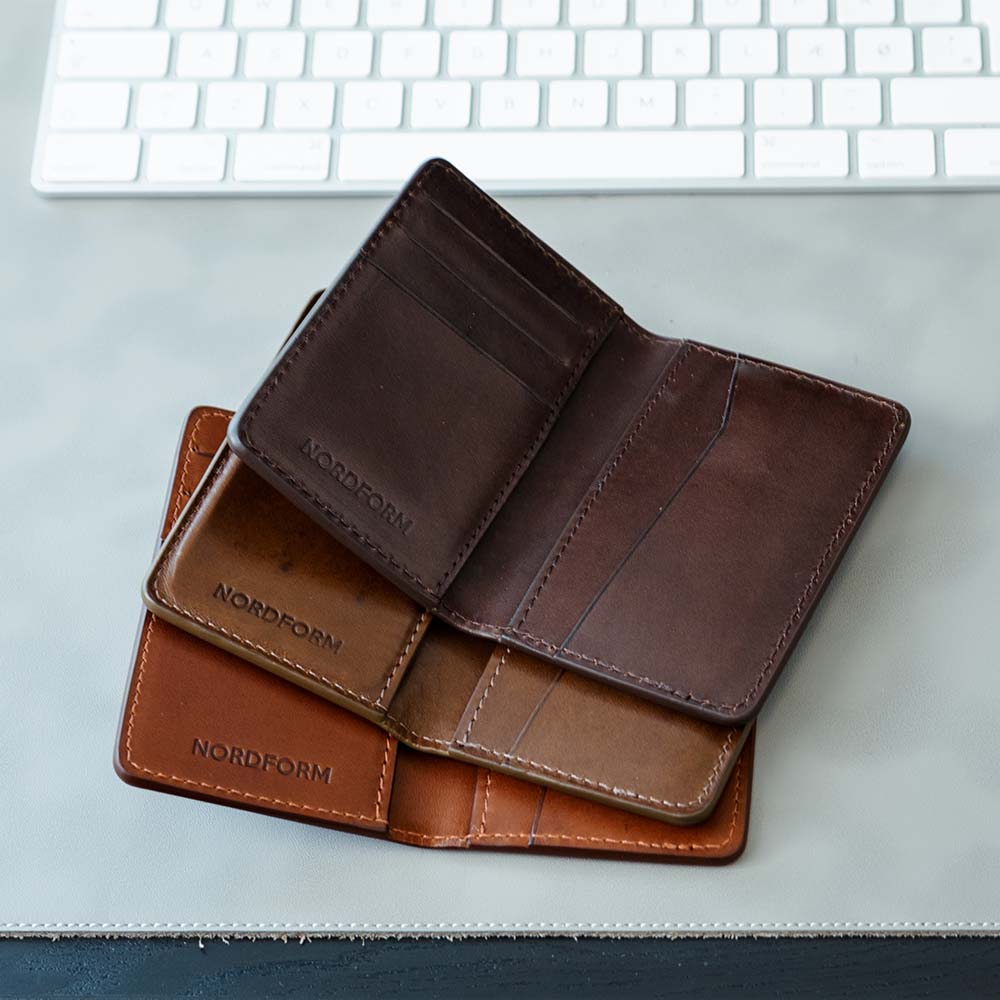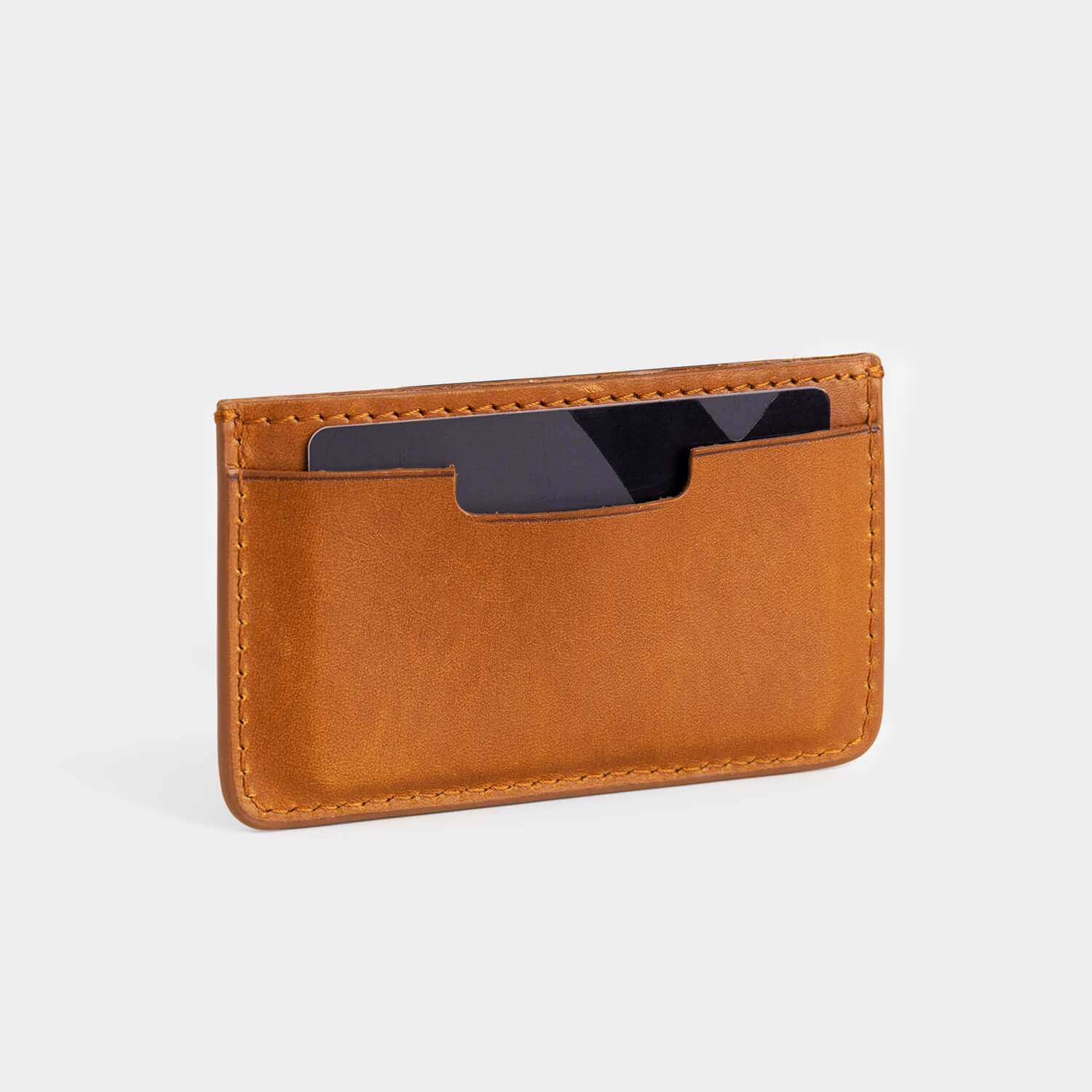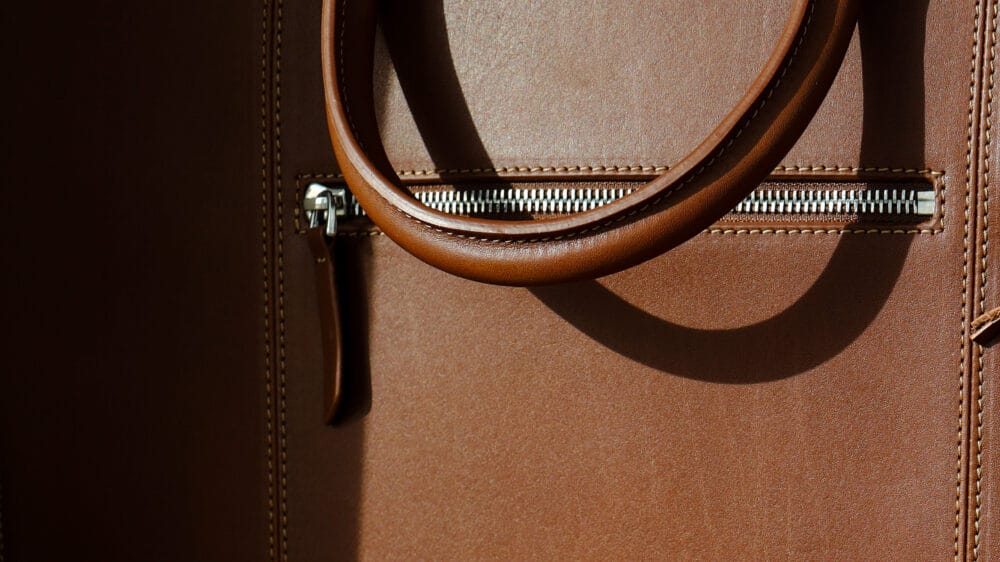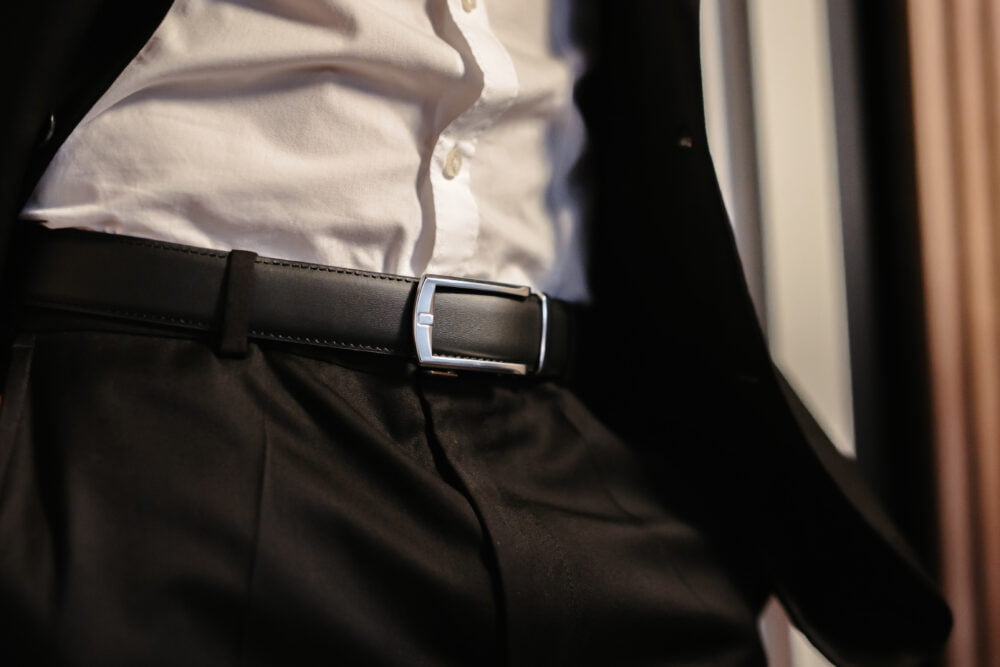
how to
Spot a Quality Leather Bag
When investing in a quality leather bag, it is important to ensure that you get the best value for your money. A quality leather bag is not only a stylish choice but also a durable and practical solution that can last for many years. Here are some key points to consider when evaluating a leather bag.
Real or Faux Leather?
Smell the Bag
When you hold the leather, you can’t mistake the scent of real quality leather. Lower quality leather will have a milder aroma, while the best qualities have a rich and almost sweet scent. Vegetable-tanned leather often has a sweeter scent than chrome-tanned leather. Many people don’t realize that the characteristic leather aroma we all know and love is not “natural” to the leather but comes from a combination of perfumes, chemicals, oils, and waxes that tanneries use to give leather its unique smell. Fake leather will smell like plastic or chemicals or have no smell.
Water Test on the Leather Product
One way to test if your bag is made of real leather is by pouring a small amount of water on it. Real leather absorbs small amounts of water and oil, which causes it to darken slightly and then return to its original color. Artificial or treated leather will typically not absorb liquid in the same way – or not absorb water at all.
Feel the Leather
Real leather feels soft, supple, and has a natural uneven texture. Faux leather can feel like plastic and is very uniform.
Generally, if there is any doubt whether a bag is made of genuine leather or faux leather, avoid buying it. Quality leather is a natural product, and no fake leather will ever have the same level of quality or durability.


Type of Leather
The quality of leather varies significantly depending on the type of leather used.
Full-grain Leather
This is the top and most durable part of the animal hide. It is not sanded or polished, which preserves the natural marks and imperfections. This type of leather is incredibly durable and develops a beautiful patina with age. If you are looking for a high-quality leather bag, look for one made of full-grain leather.
Top-grain Leather
This is also high quality, but the top layer is removed to eliminate imperfections. It is smoother than full-grain leather but not as durable.
Genuine Leather
This is the lower layers of the hide, which are often more fragile and less durable than the top layers. Genuine leather is probably the most popular form of leather. In Danish, “genuine leather” is often translated as ægte læder. Many believe that genuine leather is high-quality hide, but it just means that it “technically is leather.”
Genuine leather is a broad classification of material that resembles leather. In simple terms, genuine leather can be anything from small pieces of hide scraps mixed with rubber to the lower part of an animal hide.
For example, the backside of the hide is genuine leather. The backside feels rough compared to the smooth front and is also known as suede. Therefore, there can be a significant quality difference between two leather products, both labeled as genuine leather.
Faux Leather
Faux leather is technically not leather but a synthetic material, usually made from some form of plastic, and has nothing to do with animal hide. Faux leather is often cheap to produce and buy but also much less durable compared to real leather.
Tanning Methods
The tanning method has a significant impact on the leather’s quality, appearance, and durability. There are different methods for tanning leather.
Chrome Tanning
Modern, quick and efficient tanning method
Semi-vegetable Tanning
Hybrid between vegetable– and chrome tanning
Vegetable Tanning
Traditional, durable, and eco-friendly tanning method
Chrome Tanning is a quick and efficient method where chromium salts are used to tan the leather. This method is known for giving the leather a soft and supple finish, as well as high resistance to water and heat. Chrome-tanned leather has a uniform color and is often cheaper than other types of leather.
Semi-vegetable Tanning is a more environmentally friendly method of treating leather compared to conventional chrome tanning. This method involves a combination of both chemical and biological processes, allowing for reduced use of chemicals and water in production. It is a hybrid between classic vegetable tanning and modern chrome tanning.
Most leather today is tanned with the chrome method as the quality is good and the process is much faster and cheaper than vegetable tanning. However, the method also causes more pollution. Semi-vegetable tanning eliminates the need for many chemicals, replacing them with more sustainable alternatives such as vegetable tannins.

Vegetable Tanning is a traditional and eco-friendly method where natural tannins from plants, tree bark, and other vegetable sources are used. This process takes longer than chrome tanning but results in very durable and unique leather with a characteristic rich scent. Vegetable-tanned leather develops a beautiful patina over time, making it ideal for products that should age gracefully.

All of our bags and wallets are made of full-grain vegetable-tanned leather – we call this type Nordform Premium Leather™. Our premium leather comes from two renowned tanneries – one Italian and one Turkish. Both have been experts in the field since the 1970s and 80s, respectively.
Our premium leather is Gold-rated by the Leather Working Group, ensuring an environmentally friendly production with a focus on social values and quality products. Read more about our premium leather and the other certifications our leather holds here.
Lining and Finish
A quality leather bag should have a high-quality lining. A good lining protects the leather from the inside and extends the bag’s lifespan.
Stitching: Check the stitching both inside and outside the leather bag. It should be even, tight, and free from loose threads. Leather products should have straight line stitches, where machine-sewn stitches appear clear and precise, while hand-sewn stitches are visible and add a unique character. Hand-made leather products are far more durable and often have superior style. If a product is machine-sewn, ensure that the underside of the stitches also looks neat, as cheaply made leather goods often have messy stitches on the underside. All our bags are hand-sewn by skilled artisans to ensure high quality in each bag.
Lining: The lining should be made of durable materials like cotton, polyester, or a blend of both. Leather bags with cheap, fragile lining will not last long. Both our computer and weekend bags are lined with Alcantara, which many know from the interior of luxury cars. With its soft texture and sporty heritage, Alcantara is known for its good durability. It is the ideal choice for those who want style without compromising on performance and the environment.

Hardware and Zippers
Hardware and zippers play a crucial role in the bag’s functionality and durability.
Hardware, such as buckles, hooks, and zippers, should be made of solid materials like brass or stainless steel, which do not rust or break easily. Zippers should glide smoothly without catching, and buckles should be easy to open and close. On our bags, we use YKK zippers, which are known for their good quality and reliability. YKK only uses the best materials for their zippers.
All primary YKK production facilities are ISO 9001 and ISO 14001 certified, ensuring strict quality control of each zipper to guarantee the best quality.

Handles and Straps
Handles and straps are the parts of the bag that get the most wear, so they need to be particularly durable. Therefore, they should be made of the same high-quality leather as the bag itself and be well secured with strong stitching or rivets to ensure long life and resistance to daily use. The handles should be comfortable to hold, even when the bag is fully packed, and ergonomically designed to minimize strain on your hands and shoulders.
Our bags are designed with a focus on both style and functionality. Handles and straps are made of the same high quality as the rest of the bag, ensuring a consistent and luxurious feel. They are also ergonomic and thus comfortable to use in any situation. This means you can carry your bag for longer without discomfort, whether you are on your way to work, school, or traveling.
In addition, our handles and straps are carefully tested to withstand load and wear. This includes both the durability of the materials and the strength of the stitching.

Pocket Thickness
The pockets on a quality leather bag should have the right thickness to ensure both functionality and durability. Thin pockets are a sign of skilled craftsmanship, as an experienced craftsman will minimize bulk areas. The design of the pockets should allow for necessary items to be stored without stretching or deforming the bag. Even though the pockets are thin, they should still provide sufficient support and protect the contents.
It is important that your leather product can carry what is necessary. Whether you are looking for a bag or a wallet, the quality of the leather is crucial.
Patina
High-quality leather bags are made from the top layers of the hide, and one of the most beautiful characteristics of quality leather is the patina it develops over time. You might think What is patina? – You can read more about it here. In short, patina is a result of natural aging and wear, which gives the leather a unique character and depth. It is a sign that the leather is of high quality and real leather.
To promote a beautiful patina, the leather bag should be cared for regularly with appropriate leather care products. You can read more about how you should care for your leather product here.

So how do you spot a quality leather bag?
Spotting a quality leather bag requires attention to detail and an understanding of the material’s characteristics. By following these guidelines, you can ensure that you are investing in a bag that is both stylish and durable, and that will serve you well for many years.



